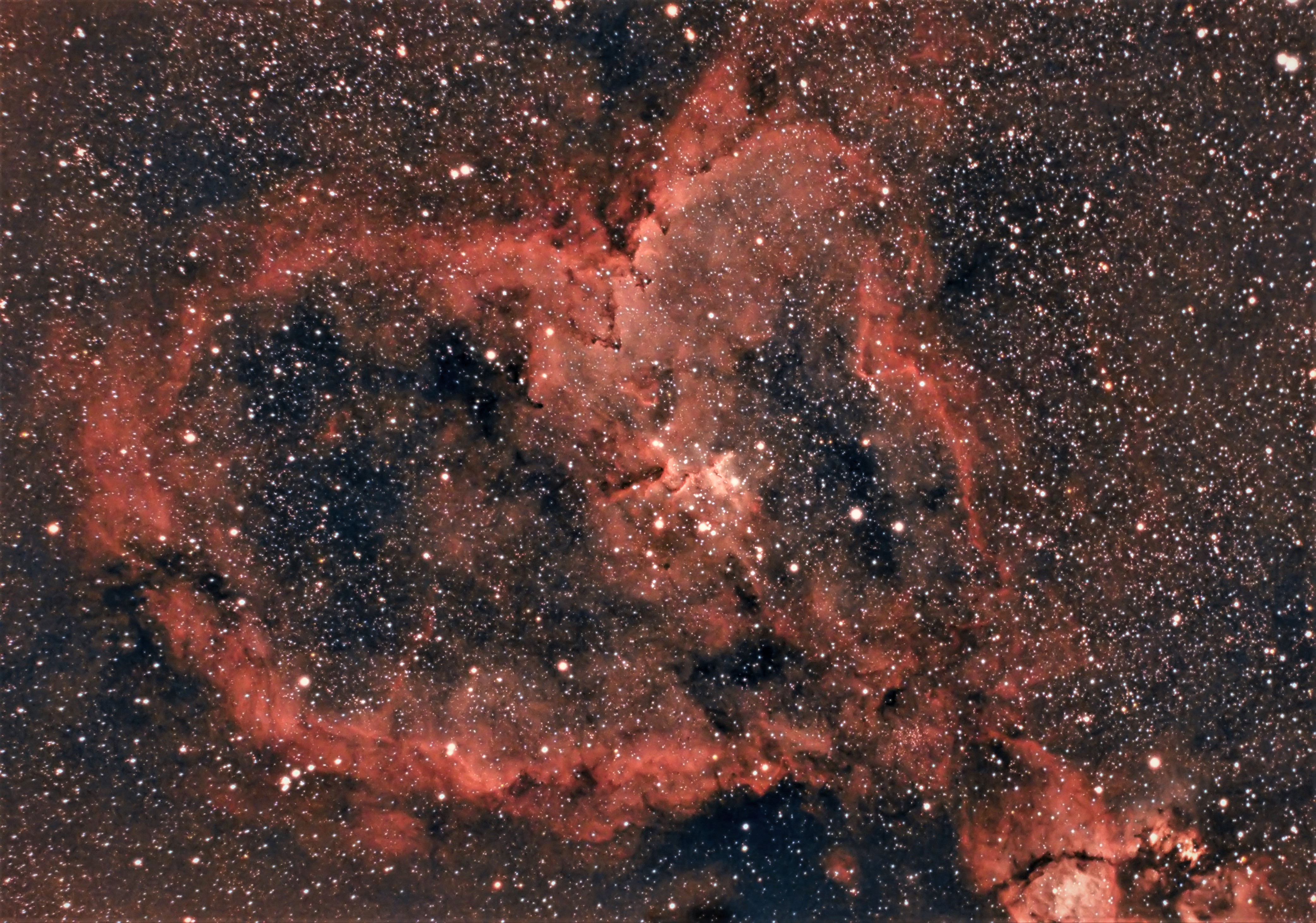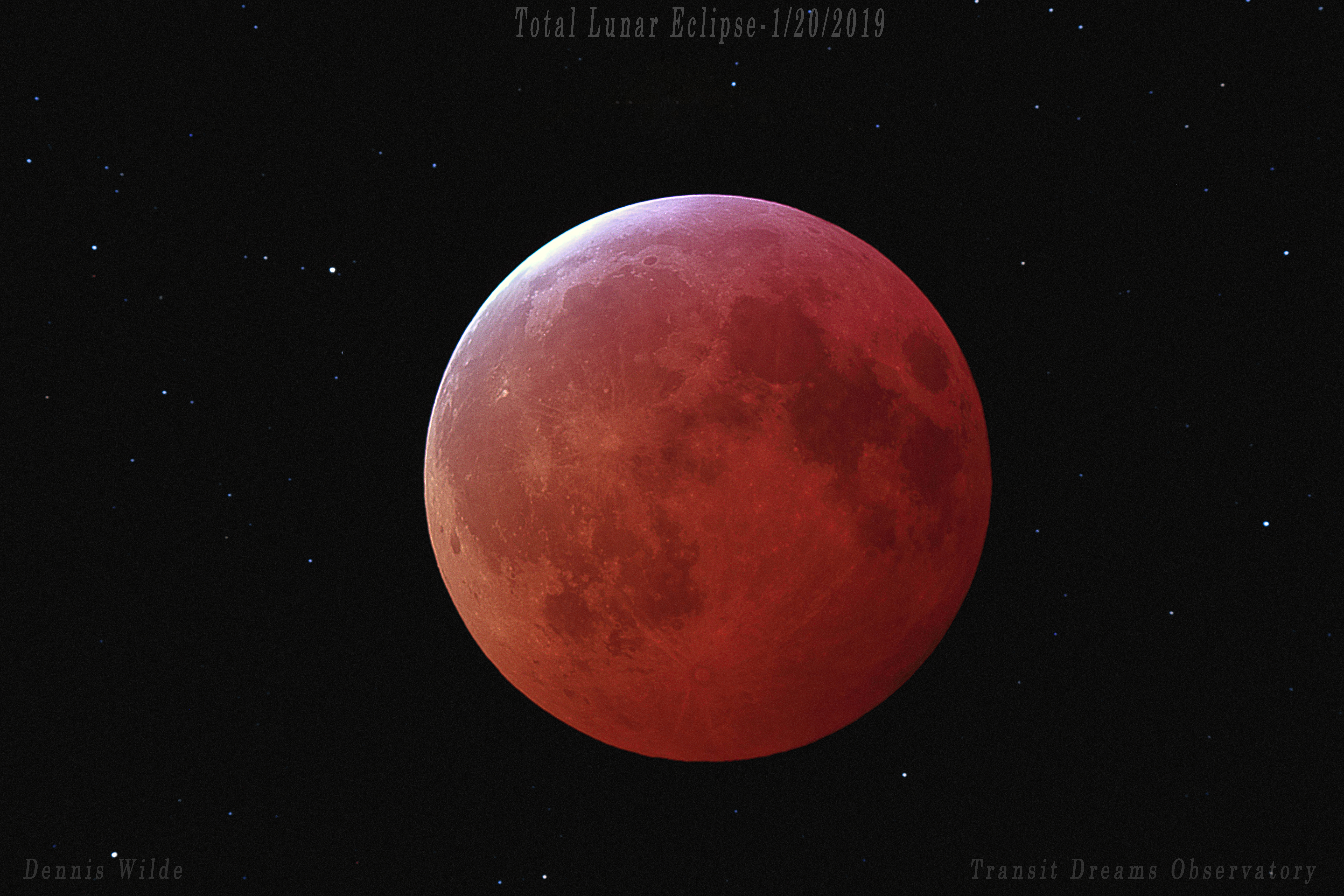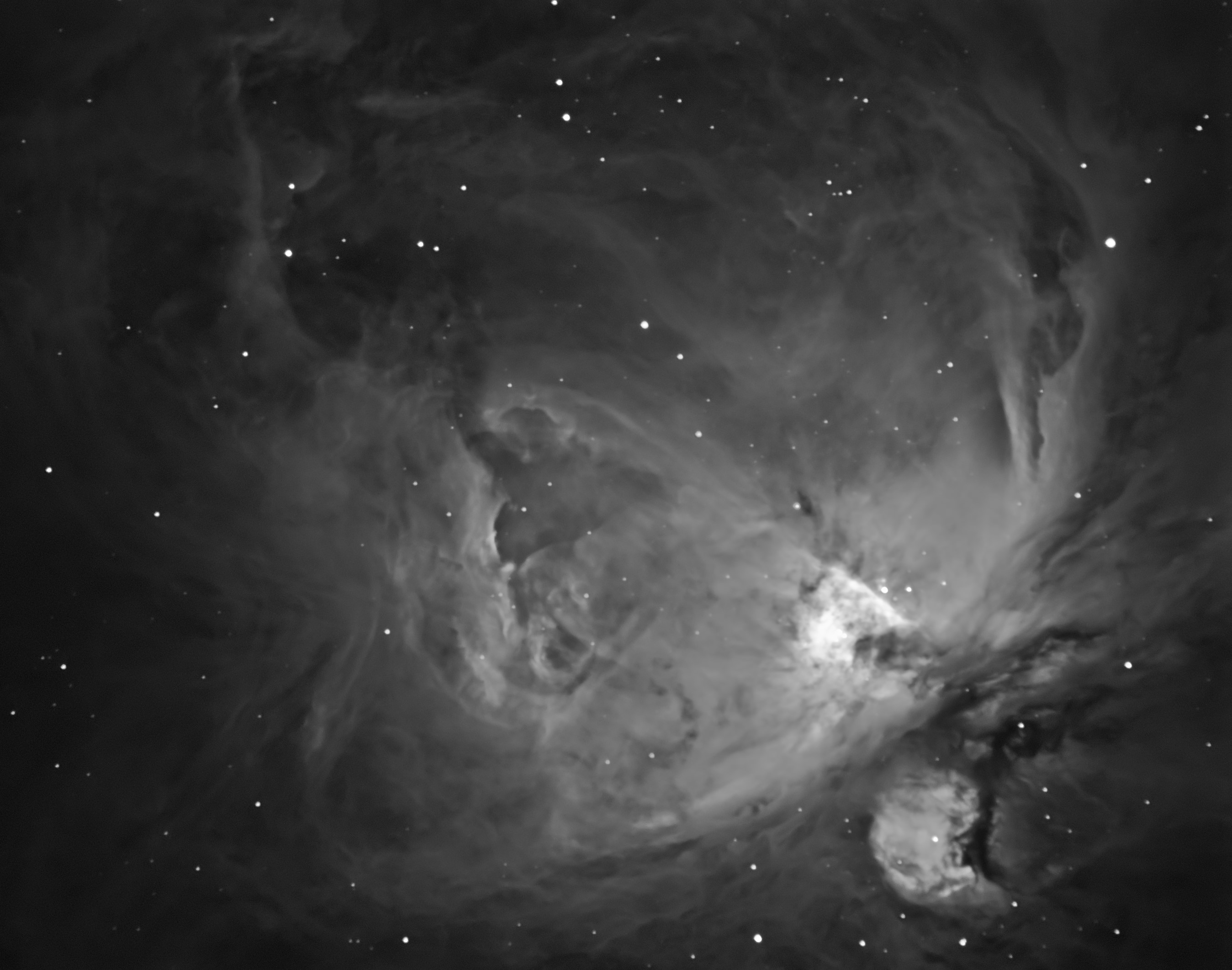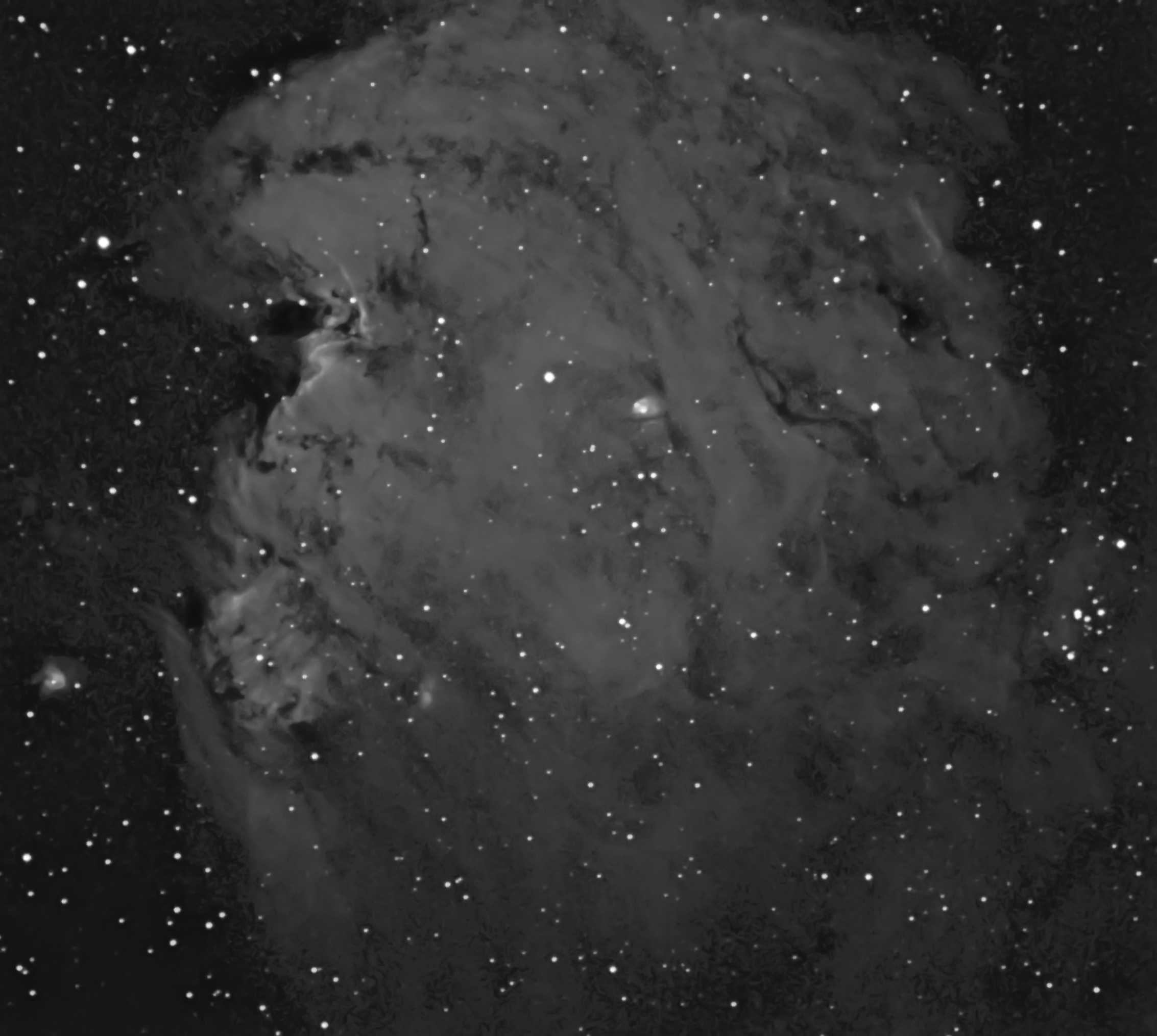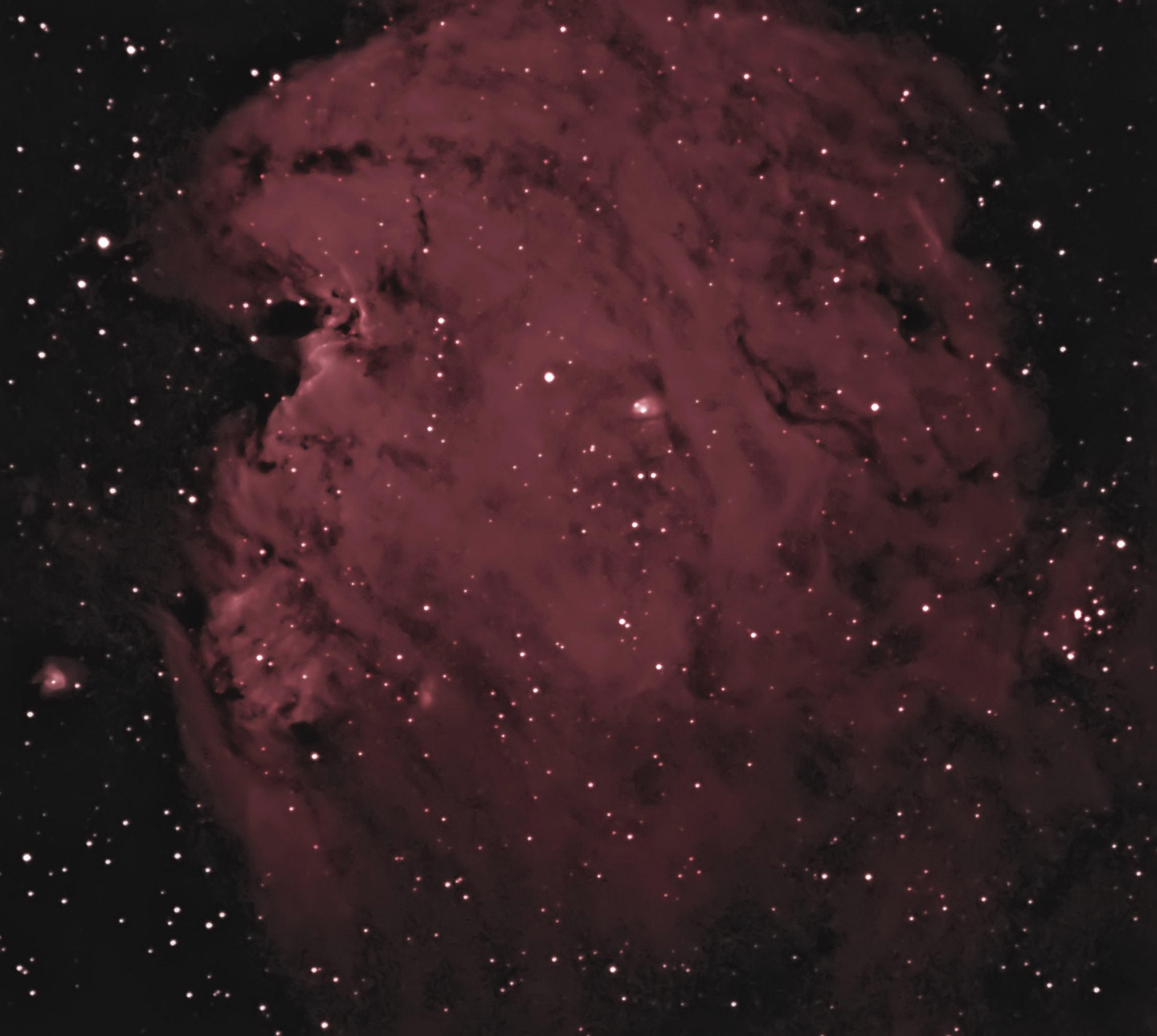Starting with Pixinsight
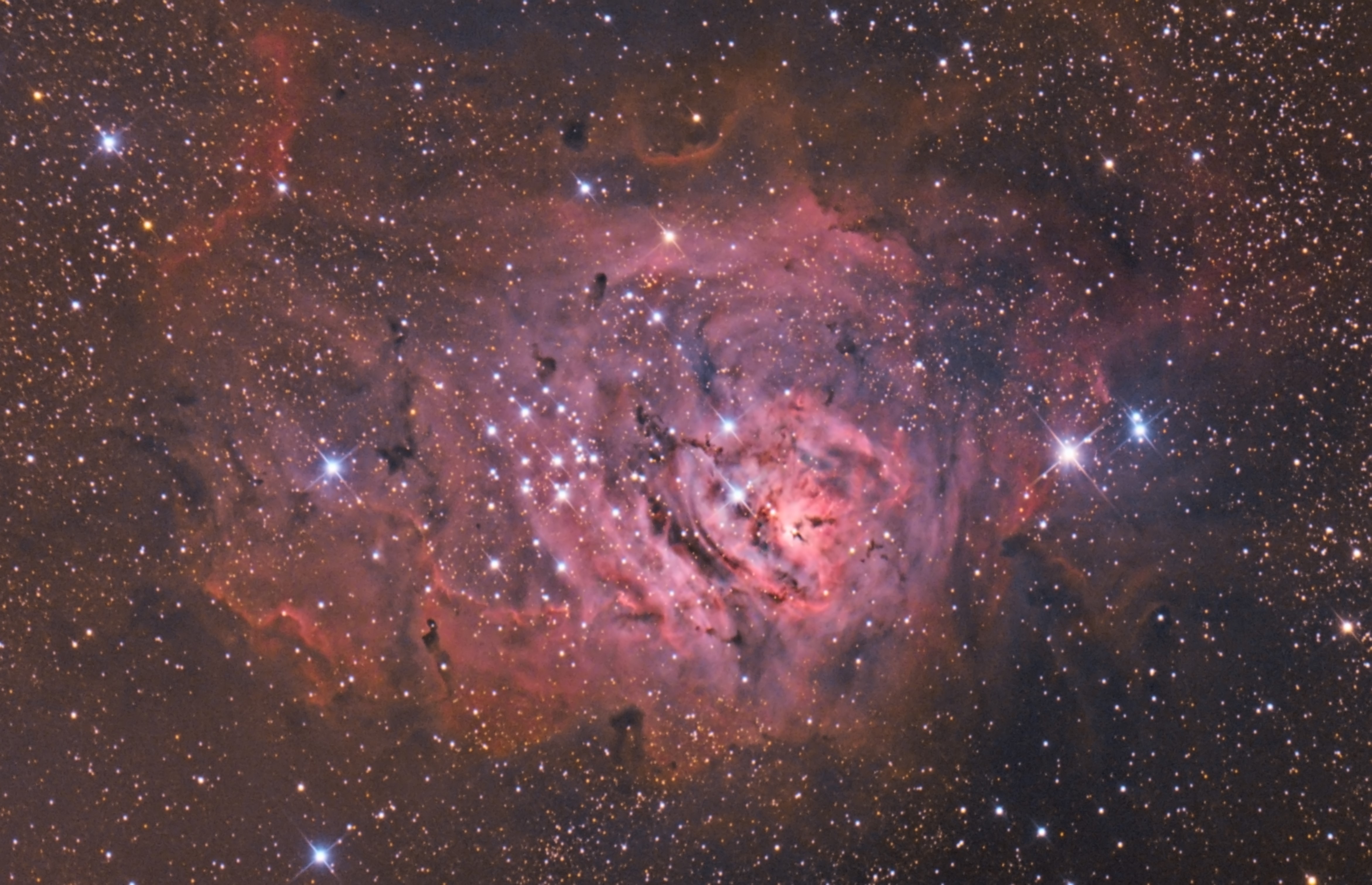
There are two major image processing programs astro imagers use to create the beautiful images you see across the internet. They are Photoshop and Pixinsight. Yes, I know there are others like Images Plus, Nebulosity, along with some freeware, etc., but Photoshop and Pixinsight are the most prevalent.
Until this point in time, I’ve been working with Photoshop to process my images. It has a relatively long learning curve, especially for astrophotos. I’ve been learning many of the techniques used to produce APOD-like images, but have been unable to process my data in a consistent manor. I try to maintain a consistent work flow, but I still find I’m not getting the consistent results I’m looking for. Each time I process the same set of data, the images come out differently. Sometimes the differences are subtle, and sometimes the changes are dramatic, and not intentional.
Last week, I broke down and decided to go in a new direction. I downloaded and installed Pixinsight. I had previously shied away from Pixinsight for two reasons. First, I already had a deep investment in Photoshop, in time and money; and secondly, Pixinsight appeared to have an even steeper learning curve, with less documentation. Recently, I’ve found some newer YouTube video tutorials that are taking the mystery out of using this software, so I took the plunge. Hopefully I’ll be able to produce more consistent, and better results with Pixinsight. To me, Pixinsight’s approach looks more mathematical, where Photoshop is more artsy. I may still incorporate some final-touch ups in Photoshop until I can master Pixinsight.
The image of the Lagoon Nebula(M8) above is my first attempt using Pixinsight to process an image. The image could use a bit of deconvolution, and it’s still a bit noisy,but overall I’m very happy with the result. After I become more familiar with the basics I’ll start to delve more into the more intricate processes. I hope you like it.
I’ll be attending some workshops at the North East Astro Imaging Conference (NEAIC) at the end of the month, in Suffern,NY, where I hope to learn more about this powerful program.
